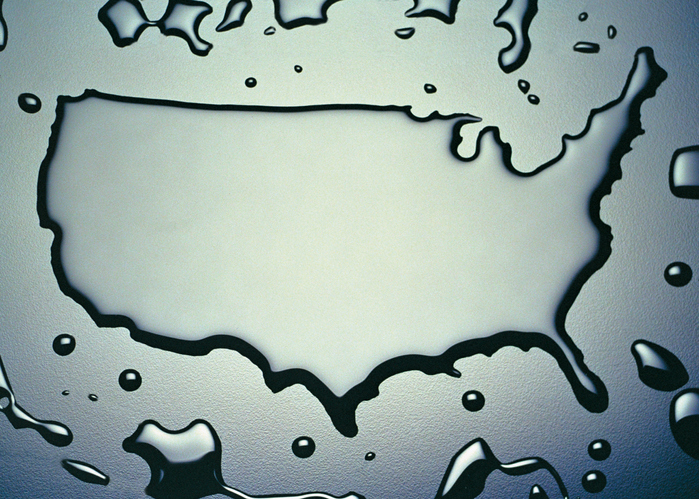The 2015 Clean Water Rule, also known as the Waters of the United States (WOTUS) rule, suffered another blow last week as the Environmental Protection Agency and the US Army Corps of Engineers released a new proposed definition of covered waters to replace the Obama administration’s controversial regulation, and opened a 60 day period for public comment. As we’ve previously reported, litigation throughout the United States has left a patchwork quilt of states where the WOTUS rule remained in effect. Ostensibly, the new proposal is intended to provide a “clear, understandable and implementable definition of ‘Waters of the United States’ that clarifies federal authority under the Clean Water Act.” But, it is effectively yet another rollback of the previous administrations’ environmental policy.
Under the proposed guidelines, ditches, groundwater, areas that are only wet in response to precipitation, stormwater control features, wastewater recycling infrastructure built in uplands, converted cropland and waste treatment systems are no longer considered a WOTUS. The six defined categories of WOTUS would now include: traditional navigable waters, tributaries, certain ditches, certain lakes and ponds, impoundments and adjacent wetlands. In outlining these areas of protection, the proposed rule purports to define as WOTUS “as a baseline concept that {they} are waters within the ordinary meaning of the term, such as oceans, rivers, streams, lakes, ponds, and wetlands, and that not all waters are” WOTUS. Further, protected waters would be limited to flowing and standing bodies of water that are either navigable themselves, or that have a “special connection” to traditionally navigable waters.
The lengthy proposal analyzes courts’ interpretation of the Clean Water Act and the WOTUS rule, and states its intention to eliminate the case-by-case application of Justice Kennedy’s significant nexus test from his concurring opinion in Rapanos v. United States, 547 U.S. 715, 739 (2006) that had been guiding courts’ analyses, and to provide “clear categories of jurisditional waters” per the Act, more similar to late Justice Scalia’s plurality opinion. While the EPA is touting the proposal as an efficient way for landowners to avoid legal and engineering fees in determining whether their land improvements will require a federal permit, environmentalists see it as reopening avenues for polluters at a time when the nation’s water resources are increasingly stressed by toxins. We will continue to monitor and report as the public comment period continues.

